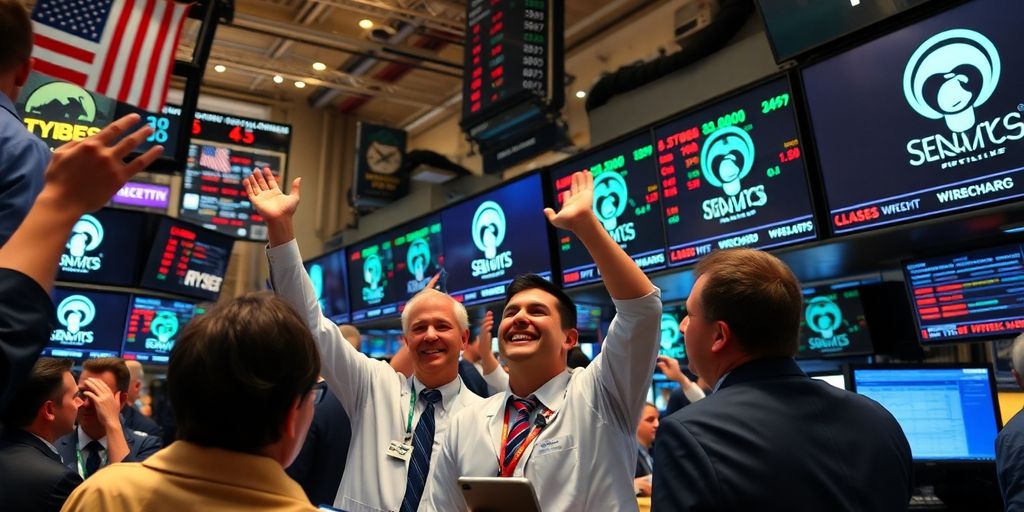Gold prices have surged recently, reaching unprecedented levels amid growing economic uncertainty and inflation concerns. As investors seek safe-haven assets, the price of gold has consistently held above $3,000 per ounce, reflecting a significant shift in market sentiment.
Key Takeaways
- Gold prices have surpassed $3,000 per ounce, driven by economic instability.
- Analysts predict potential corrections in the near future.
- Consumer confidence in the U.S. has dropped, further fueling gold's appeal.
Economic Factors Driving Gold Prices
The recent surge in gold prices can be attributed to several key economic factors:
- Inflation Concerns: Rising inflation rates have led investors to flock to gold as a hedge against currency devaluation.
- Economic Uncertainty: Ongoing geopolitical tensions and economic instability have heightened demand for safe-haven assets.
- Consumer Confidence: A recent drop in U.S. consumer confidence to 92.9 has further propelled gold prices, as consumers are wary of future economic conditions.
Market Reactions and Predictions
Despite the current high prices, analysts are divided on the future trajectory of gold:
- Some experts believe that gold could see a healthy correction in the coming weeks, suggesting that the current prices may not be sustainable.
- Others argue that the underlying economic conditions will continue to support high gold prices, especially if inflation persists.
The Role of Silver
While gold has taken center stage, silver prices are also experiencing volatility. Currently, silver is eyeing the $40 mark, but uncertainties surrounding tariffs and trade policies could impact its performance. Investors are advised to keep a close watch on both metals as they navigate these turbulent economic waters.
Conclusion
As gold prices continue to soar amid economic uncertainty and inflation fears, investors are advised to stay informed and consider their options carefully. The precious metal's status as a safe haven is likely to remain strong, but potential corrections could present both risks and opportunities in the market.
Sources







































































































